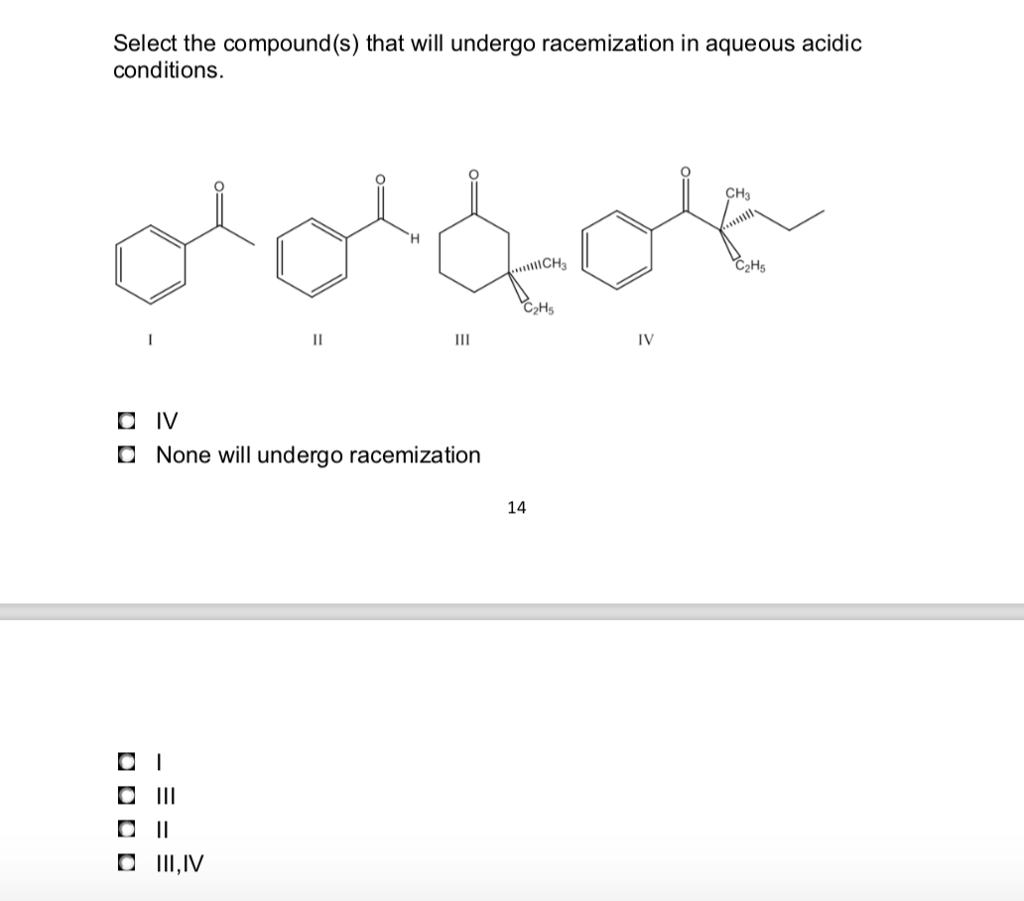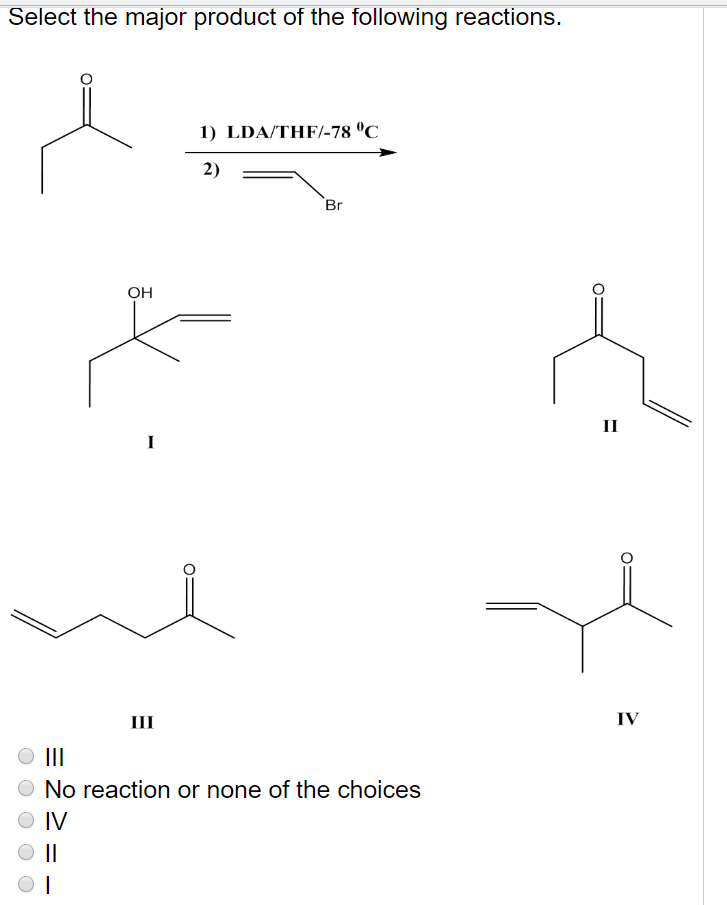Select The Major Product Of The Following Reaction.

Emergency alerts sounded across research labs globally this morning following the unexpected dominance of a single product in a widely studied chemical reaction.
The unexpected outcome, defying established predictive models, has sent ripples of concern through the scientific community and demands immediate investigation to understand the implications for future chemical synthesis and reaction design.
Unexpected Product Dominates Reaction: Global Alert Issued
The reaction, commonly used as a benchmark for testing computational chemistry models, involves [Hypothetical Reaction Name Here]. Scientists have consistently observed a mixture of products, with varying ratios depending on reaction conditions.
However, a series of independent experiments conducted in labs across the United States, Europe, and Asia have reported an almost exclusive formation of [Hypothetical Dominant Product Name Here], abbreviated as [Hypothetical Abbreviation Here].
The Anomaly: Who, What, Where, When
The 'who' involves hundreds of research labs globally, including institutions like MIT, Stanford, and the Max Planck Institute, all reporting consistent results.
The 'what' is the near-exclusive formation of [Hypothetical Dominant Product Name Here] ([Hypothetical Abbreviation Here]) in a reaction that typically yields a product mixture.
These incidents occurred simultaneously across numerous labs in the 'where' of the United States, Europe, and Asia.
The 'when' started with initial reports surfacing approximately 24 hours ago, escalating to a confirmed global anomaly within the last 12 hours.
Confirmed Details and Initial Findings
Preliminary data indicates a conversion rate exceeding 98% for [Hypothetical Dominant Product Name Here] in most cases.
The initial hypothesis, centered on reagent contamination, has been largely ruled out due to the use of diverse reagent sources across different labs.
Another potential cause considered was the change in ambient condition. However, the conditions were reported stable.
Professor Emily Carter, a leading computational chemist at Princeton University, stated, "The consistency of these results, across geographically disparate locations and with independent reagent batches, points to a systemic factor we have yet to identify."
She added, "This fundamentally challenges our current understanding of reaction kinetics and thermodynamics for this system."
Potential Impacts and Concerns
The implications of this anomaly are potentially far-reaching.
This discrepancy requires the re-evaluation of current theoretical models and computational methods used for predicting chemical reactions.
Moreover, it raises concerns about the reproducibility and reliability of other well-established chemical processes.
The National Science Foundation (NSF) and the European Research Council (ERC) have announced the formation of a joint task force to investigate the phenomenon.
The task force, comprised of experts in reaction kinetics, computational chemistry, and materials science, will focus on identifying the root cause of the anomaly and developing strategies for accurate reaction prediction.
Next Steps and Ongoing Developments
The task force is currently prioritizing the collection and analysis of detailed experimental data from all participating laboratories.
This includes spectroscopic data, reaction kinetics measurements, and detailed descriptions of the reaction setup and conditions.
A public database is being established to facilitate data sharing and collaboration among researchers worldwide.
The scientific community remains on high alert, with ongoing research efforts focused on unraveling the mystery behind this unexpected chemical behavior.
Updates will be provided as new information becomes available.



